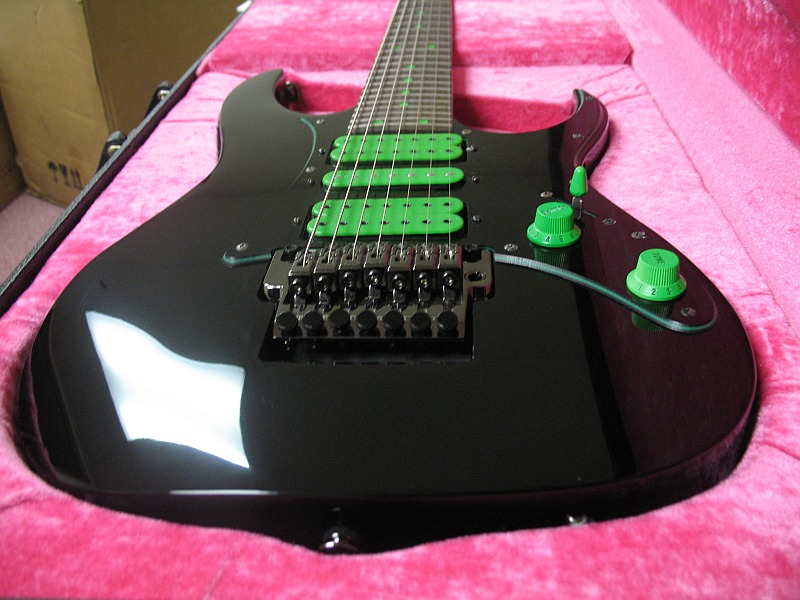
How much lower can we possibly tune an electric guitar?
The first mass-produced seven-string guitar was the Ibanez UV7, which was played by none other than Steve Vai, and later made even more popular by artists such as Korn, Dream Theater, Fear Factory and Meshuggah.
The idea initially was to provide an extended high range for the player.
Today, especially in the newer wave of heavy metal, it seems to be the opposite. Seven-, eight- and even nine-string guitars have become quite popular, mostly being utilized for the extended low range they provide. I’ve seen players absolutely shredding these guitars, and I’ve seen players utilizing literally one or two of the strings at most; but hey, whatever floats your boat.
There are infinite tunings out there aside from your standard E, A, D, G, B, E.
I’m going to quickly explain why I finally dove into the seven-string guitar realm.
Ever since I picked up the guitar (18 years ago), I found myself gradually tuning lower and lower and experimenting with different tunings. When it came time to write a new album, it was merely an attempt to refresh and shock my brain with a new tuning. It got me out of my comfort zone. Prior to my recent switch to seven-string guitars, for the most part, all of my material was written on a six-string tuned to drop G or a step up from that.
Earlier this year, following suit with my tuning adjustment per each new album, I went ahead and tuned down another whole step to drop F on a six-string. As I was writing, I found myself riffing in a higher register for most of my main rhythms. For the heavier sections, I ended up having to bust out the pitch shifter to get to the lower octave certain songs called for.
At first I didn’t realize it was actually changing my style of writing, and about half way through the writing process, it hit me: just extend my lower range by adding another low string! Duh. So finally, here I am playing seven strings, just not in the conventional seven-string tuning. It seems like a ridiculous tuning, right? Well, if utilized tastefully, it can be smashingly unique and heavy as hell!
Guitar setup:
The guitar wasn't designed to handle this type of tuning. I had to create a custom set of strings: .100 .85 .54 .36 .24w .18 .15 (Yes, the .100 and .85 gauge are, of course, bass strings). At each end of the string, by simply unwinding a bit of the top wound layer of nickel, I am able to fit the string through the tuning peg and into the Floyd Rose bridge.
Intonation becomes another major challenge. It’s almost impossible to make a guitar intonated perfectly in this tuning, but in live situations, I can get by. In the studio, however, this tuning will give you hell. But that’s the nature of the beast.
So will it end or will the low-tuning battle in metal continue until we can't hear the notes on the guitar? I sure as hell hope that doesn’t happen. Honestly, I cannot say what would be next for me, tuning-wise. I do think, though, that the guitar is always evolving as it has since the 12th century. Thinking outside the box when it comes to different tunings can seriously innovate your sound and playing style. When it comes to creating music, I'm a great believer in the “there are no rules” concept. By applying this theory to something even as simple as your tuning, you can yield some pretty refreshing results.
Inspiration:
“Logic will get you from point A to point B. Imagination will take you everywhere.” — Albert Einstein